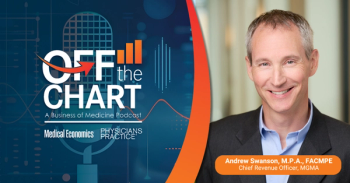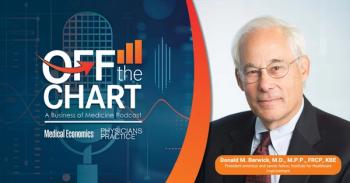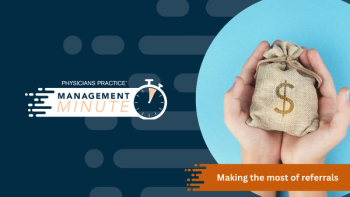
Planning for 'What If' Scenarios at Your Medical Practice
Reimbursement decline, global payments, and the shift from volume to value are all possible scenarios your medical practice should explore today.
My
You might want to start your planning process with a "what if" exercise. There are many topics that could be addressed but many require you to collect data before you can effectively complete your task.
Let’s look at what is involved:
• What if reimbursement drops? First, decide what new level of payment will be the new norm. Perhaps you choose Medicare rates. Then what? Determine your cost per relative value unit (RVU) and compare this with the published reimbursement rate per RVU in the current
• What if payers shift to global payments? This means that you and the hospital will receive a fixed amount that is tied to the diagnosis of the patient. This will require you and the hospital to agree on a formula to divide that amount. If you and your specialty colleagues have developed a risk-friendly organization, you can negotiate as a group; otherwise you are on your own so that you avoid anticompetitive issues. If you think this outcome is likely then it is time to open a dialogue with the hospital leadership.
• What if value replaces volume as a reimbursement model? What can you do to use your support staff to handle appropriate care tasks? Essentially you will be provided a fixed amount to care for the patients in your panel. If you can resolve a patient concern on the phone this avoids a more expensive office visit. Can your nurse handle this? If not, what staff might you need? Create a budget that reflects the cost of your practice under this new staffing model so that you have a reference point to use when presented with a value care payment model.
• What is the timeframe for change? Don’t make major changes to the structure of your practice before payers are prepared to reward your efforts. Creating processes that offer alternatives to office care in an environment that is fee-for-service based is not healthy.
Perhaps your hospital has already begun to develop models that might assist in your "what if" process. If they have, they should be happy to share their findings because they will know that a strong medical staff is key to their future. An alternative is what I suggested in an earlier post;
Whatever your approach to planning the outcome will be far more valuable than not making the attempt.
Newsletter
Optimize your practice with the Physicians Practice newsletter, offering management pearls, leadership tips, and business strategies tailored for practice administrators and physicians of any specialty.














